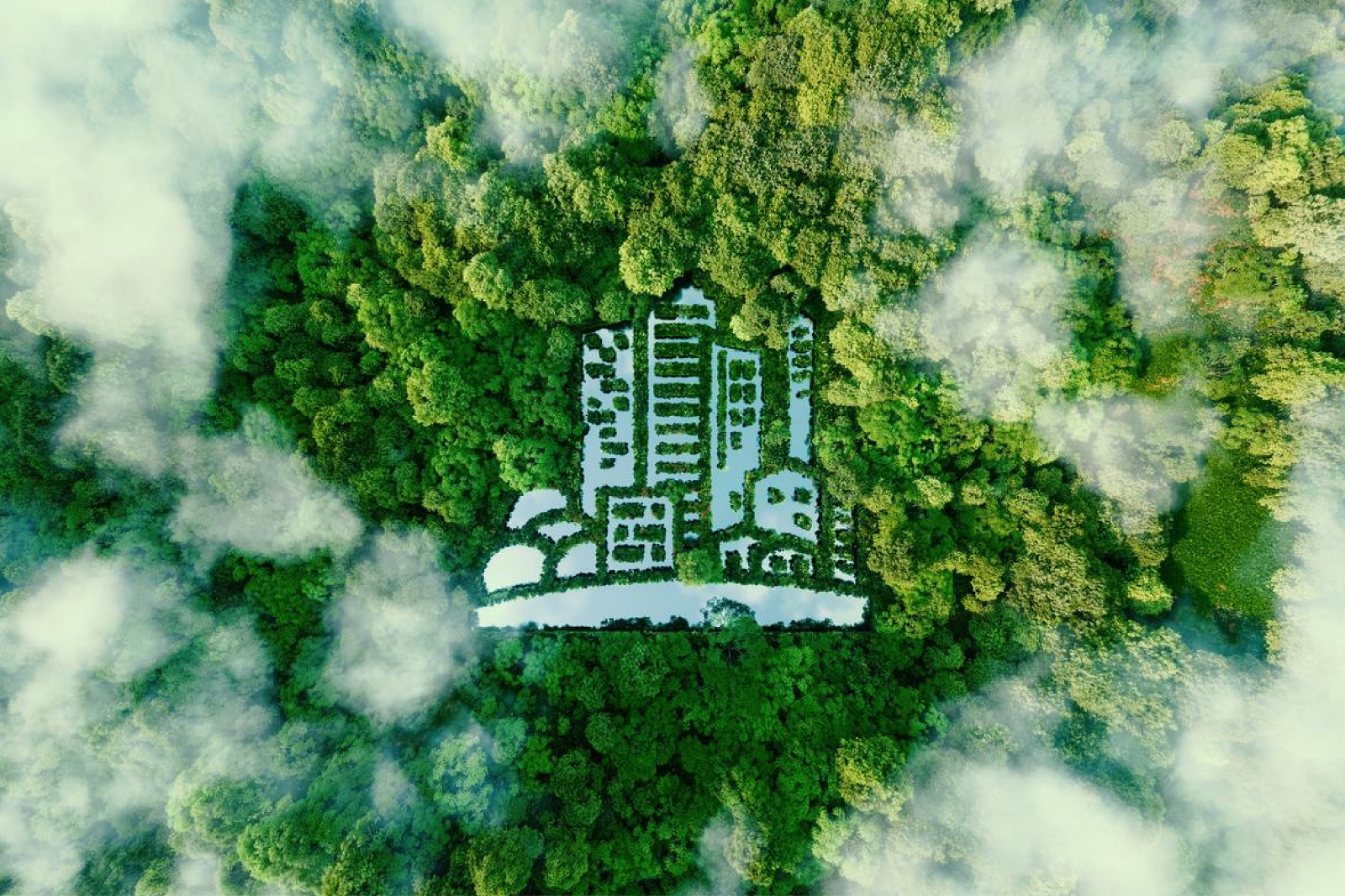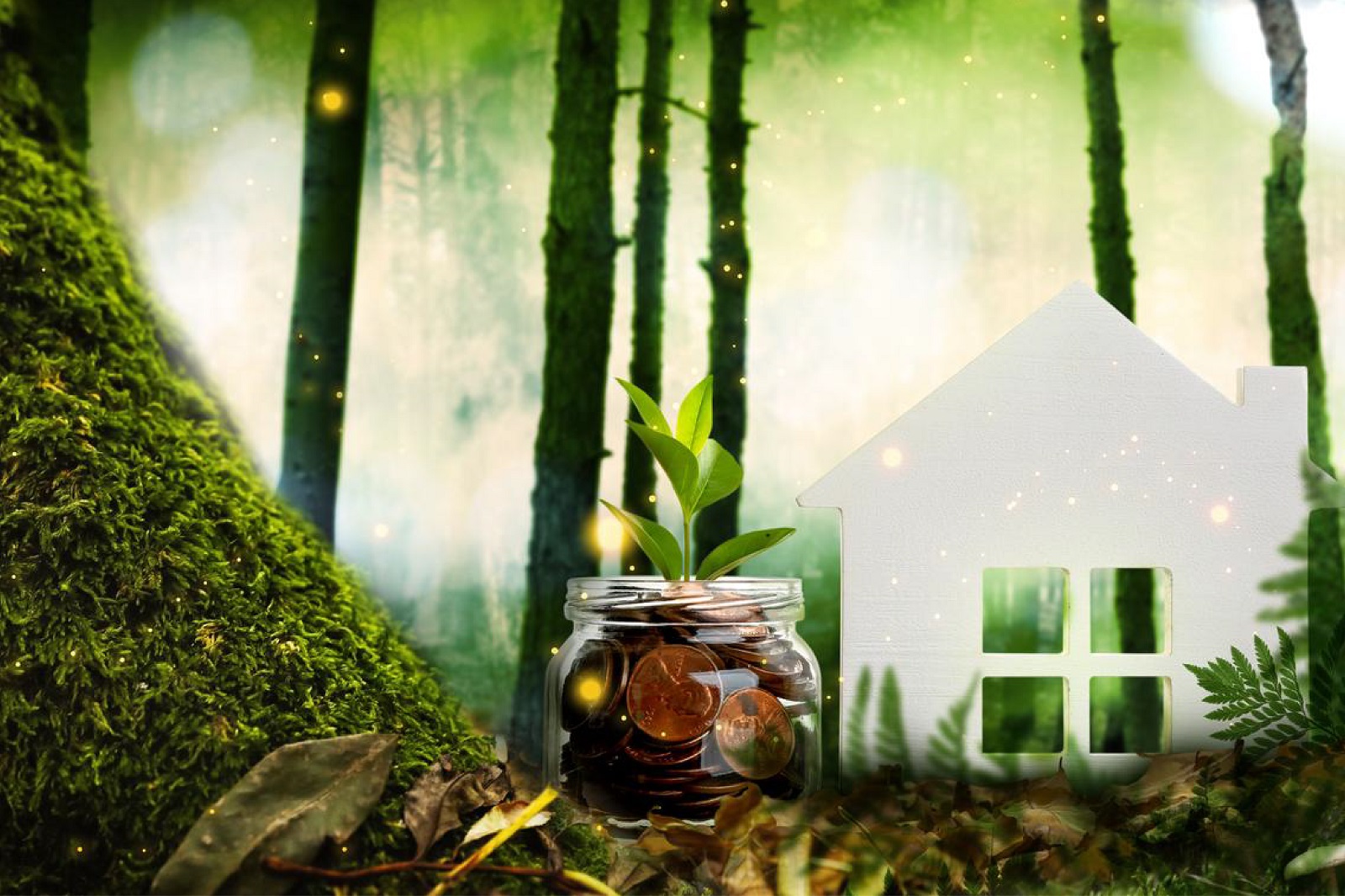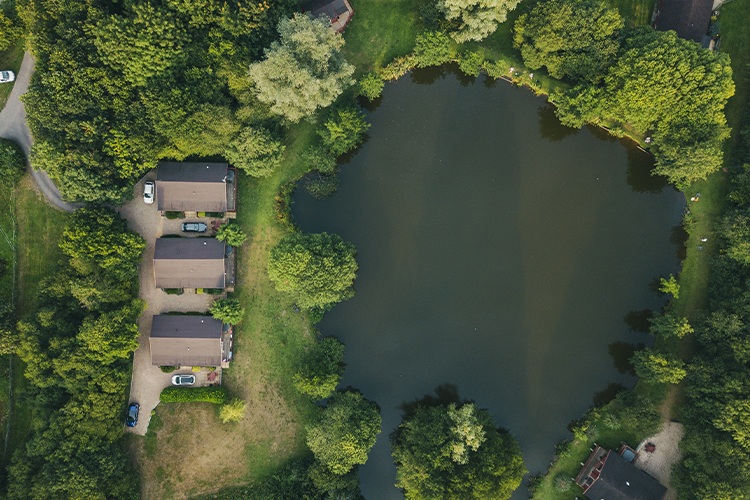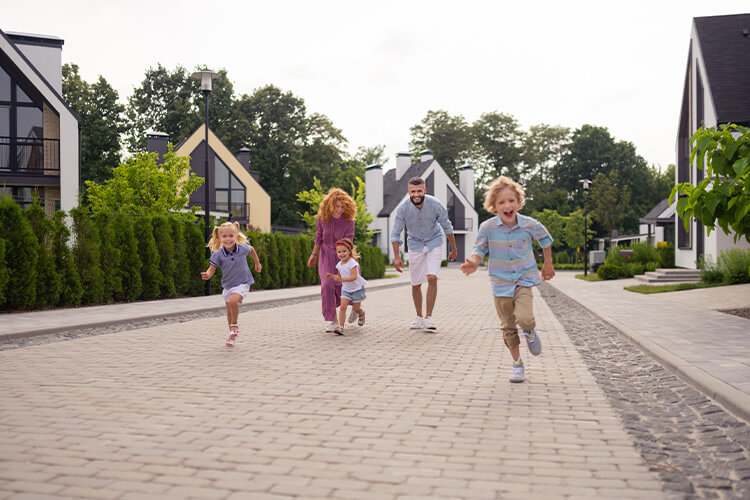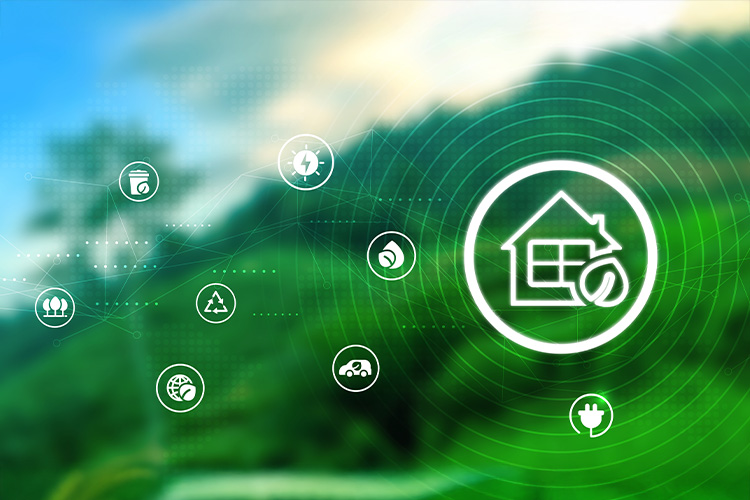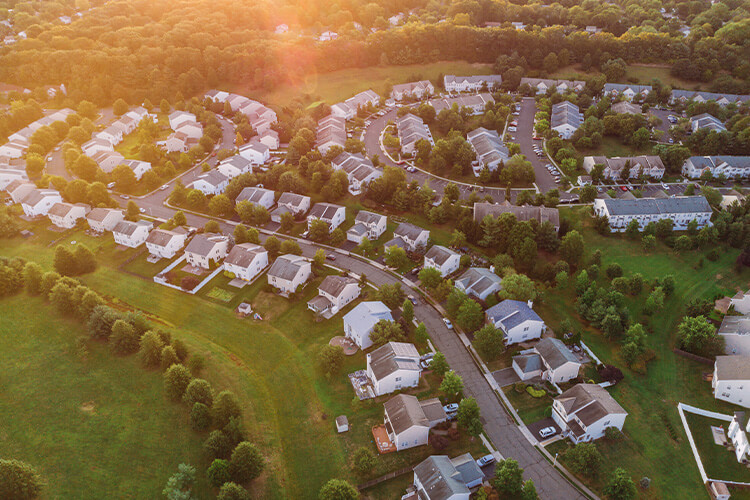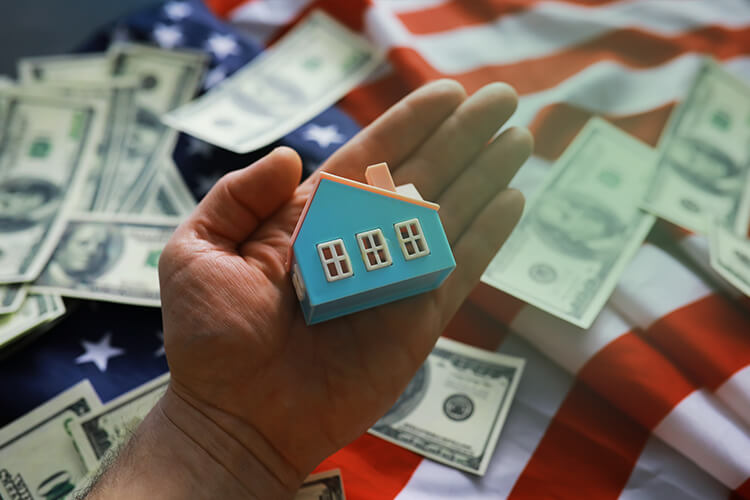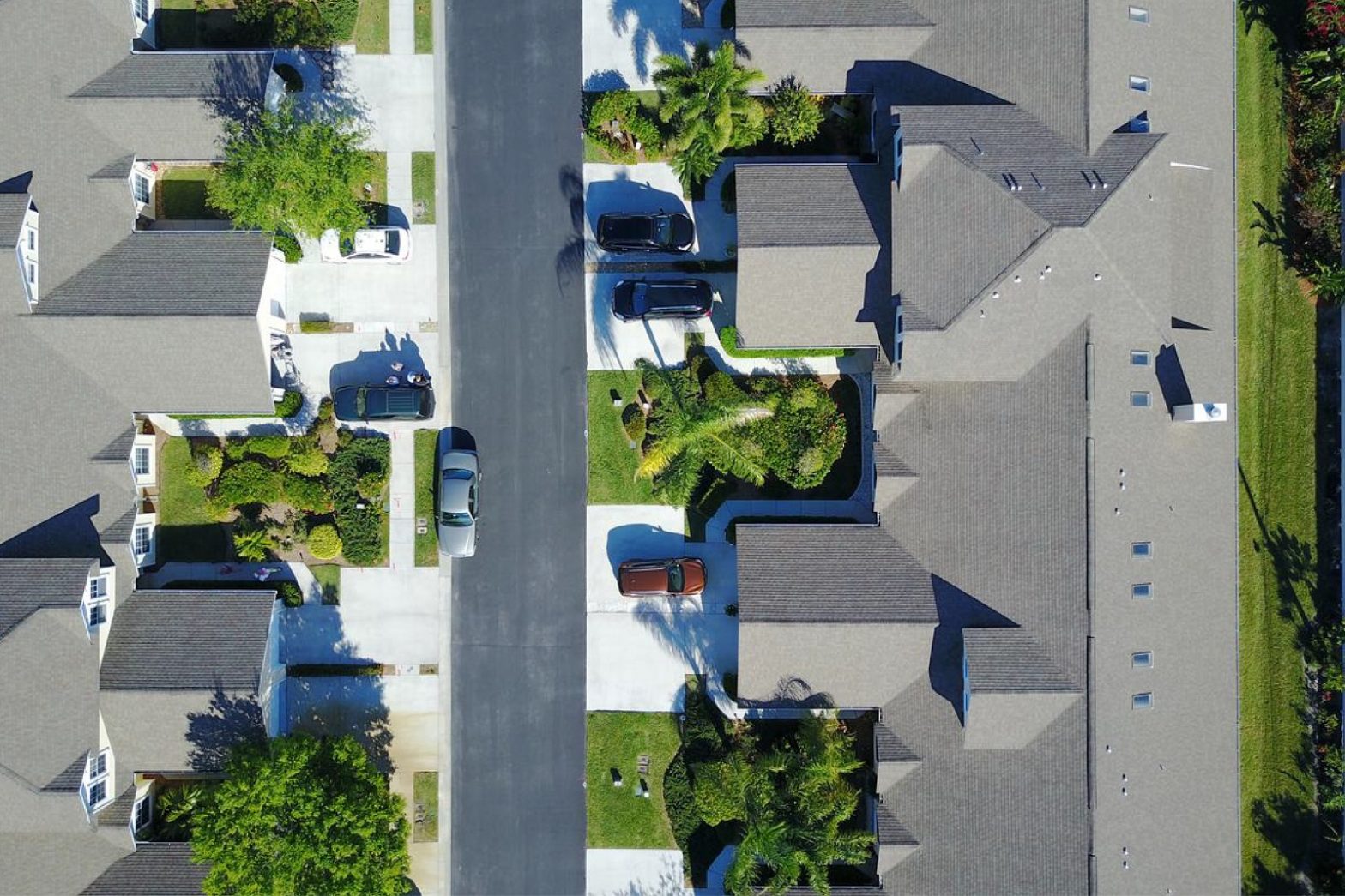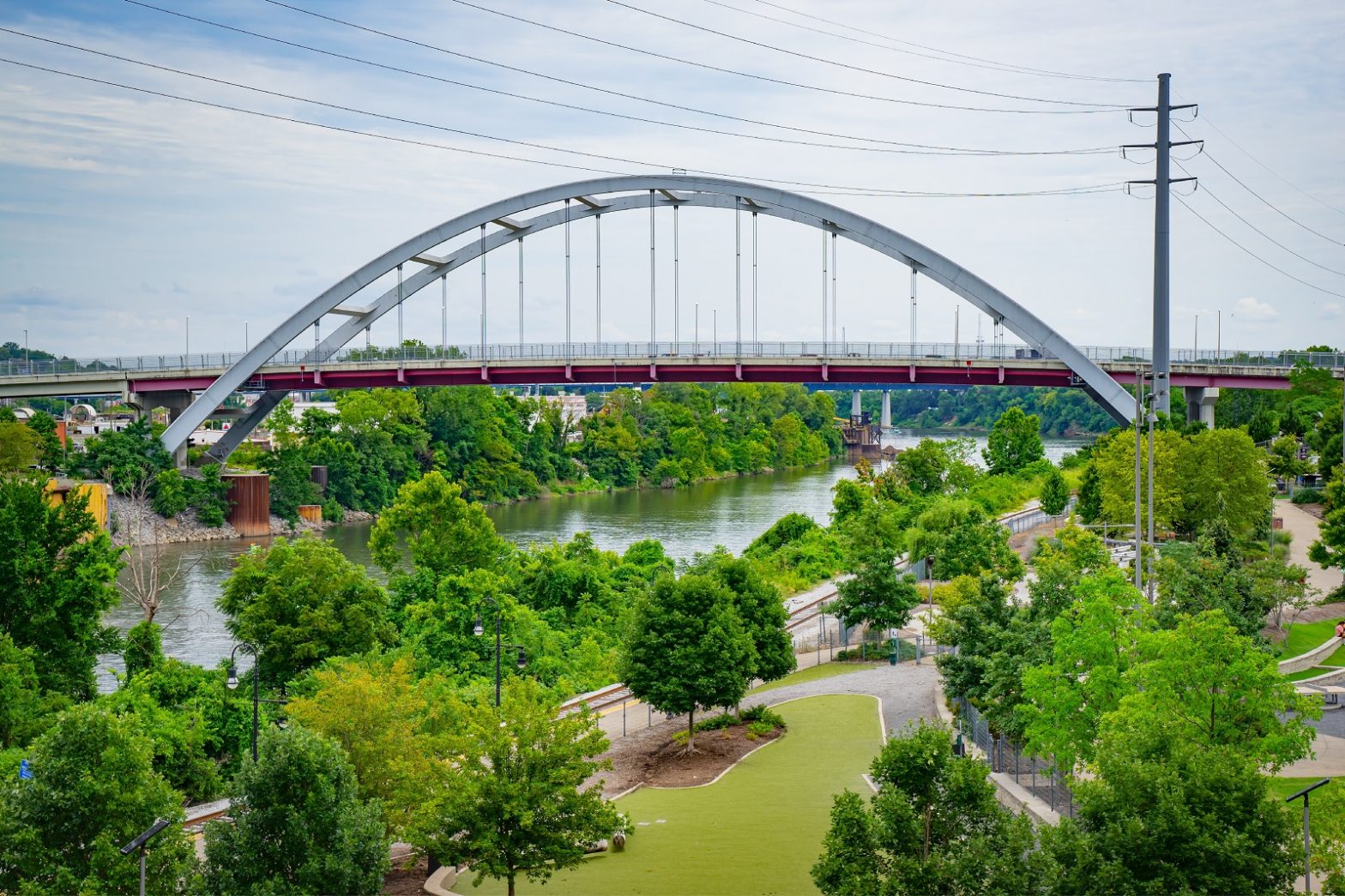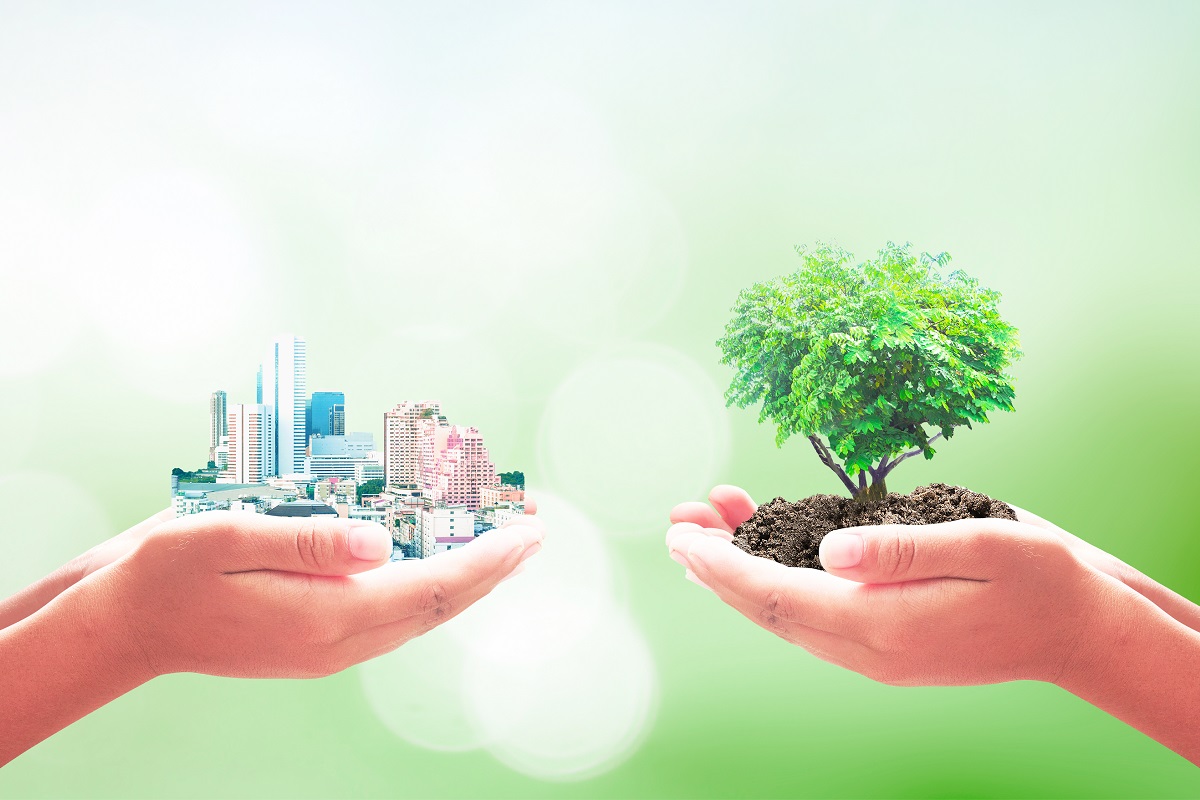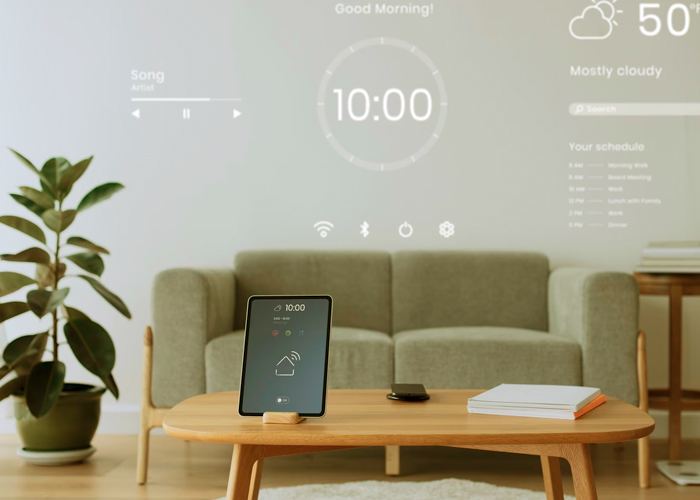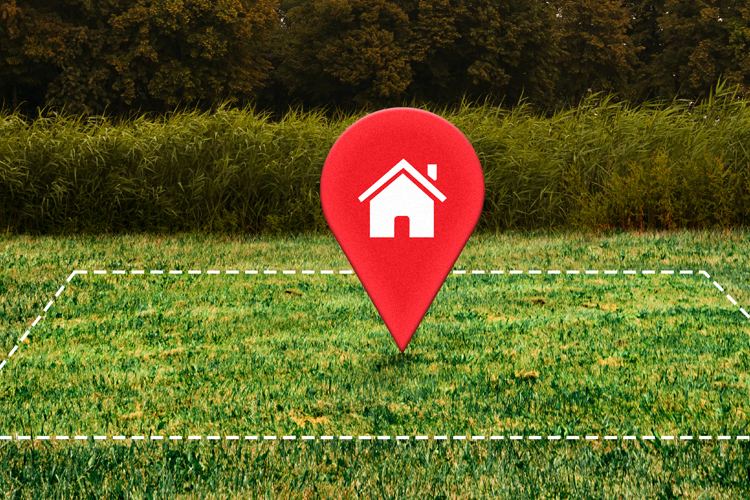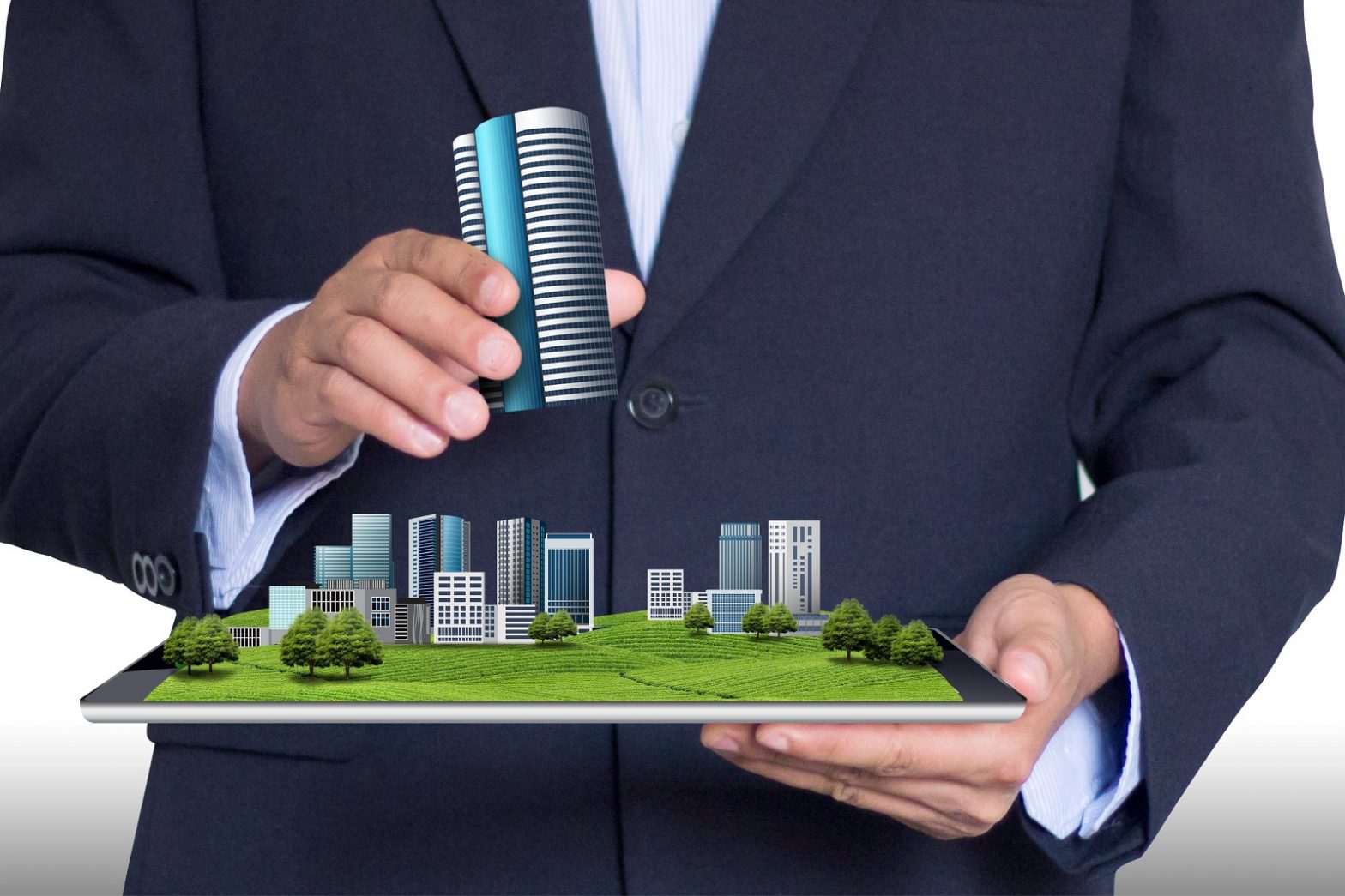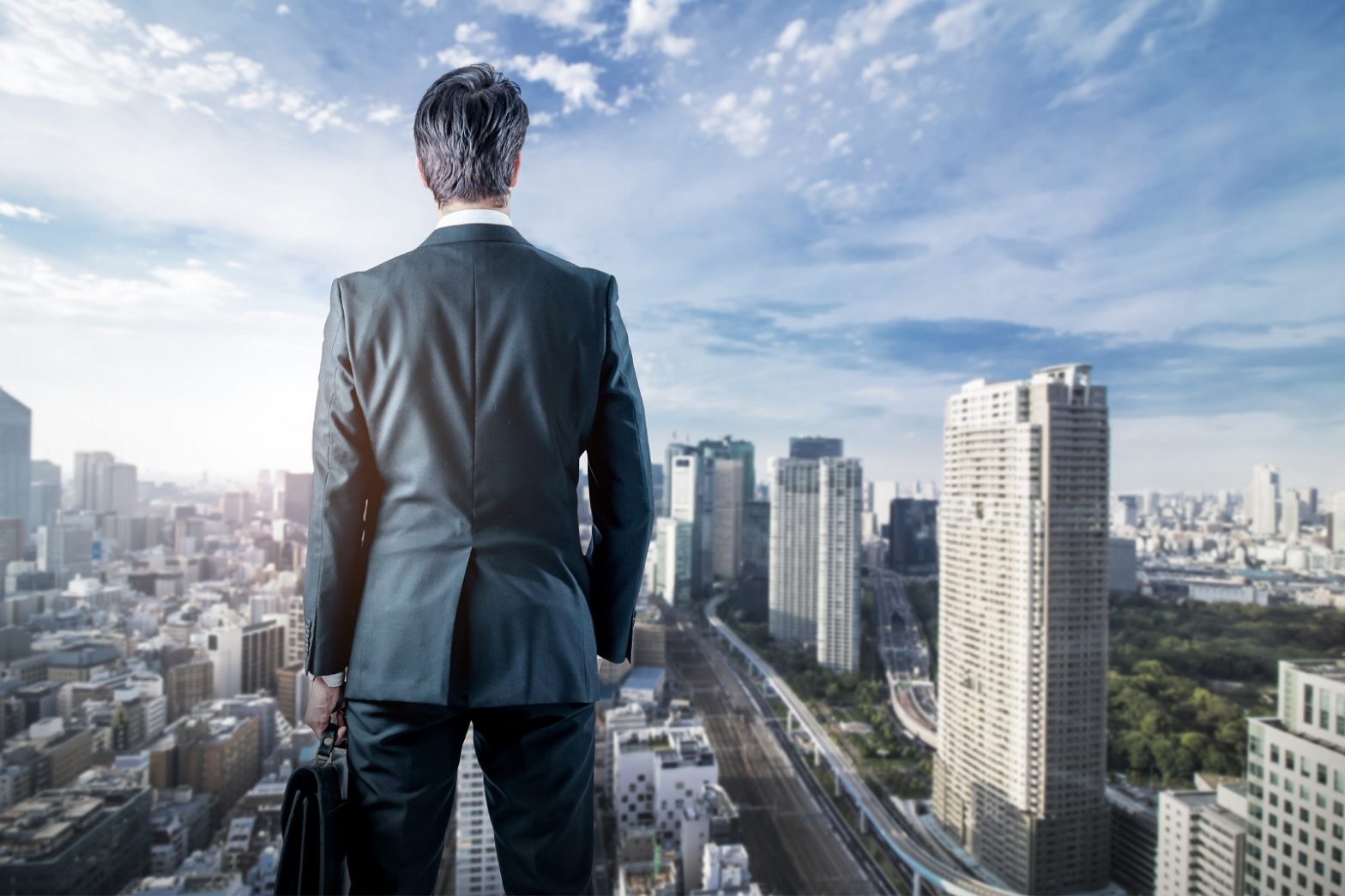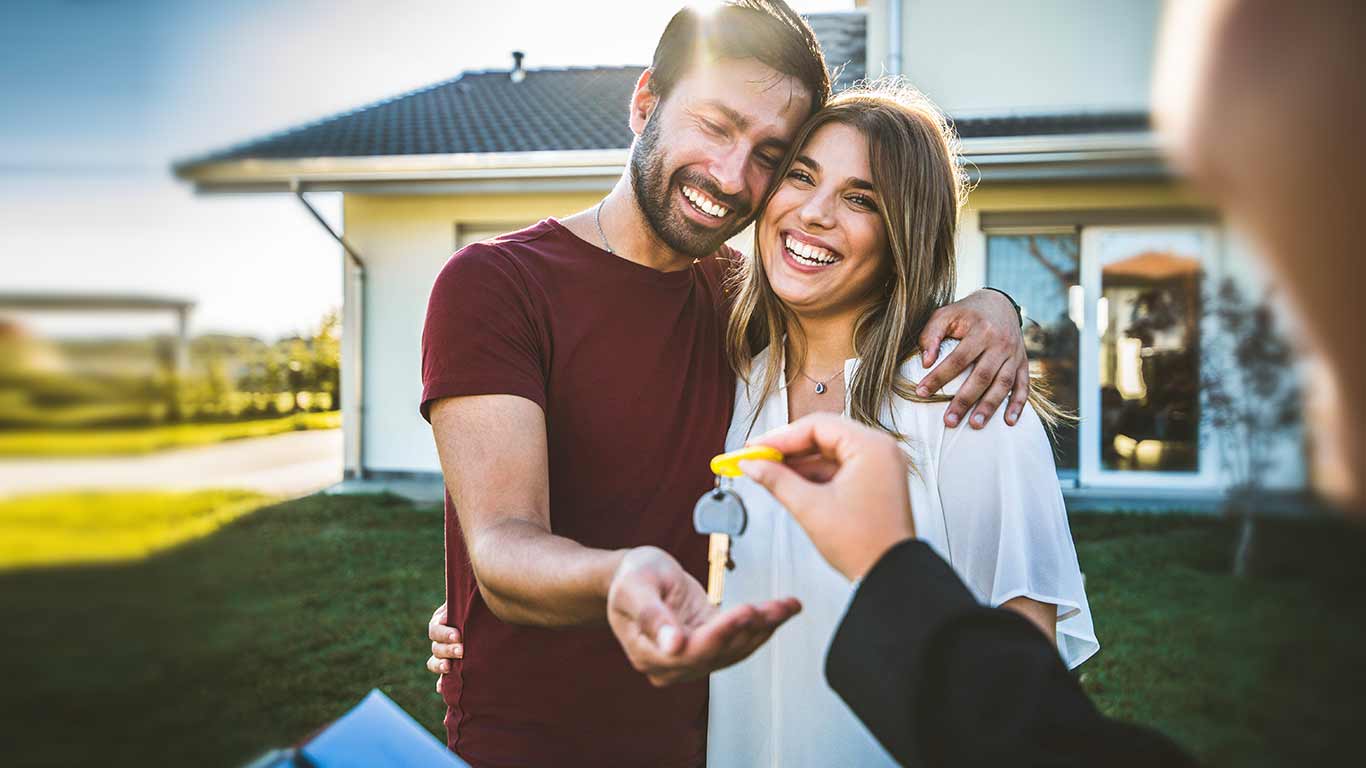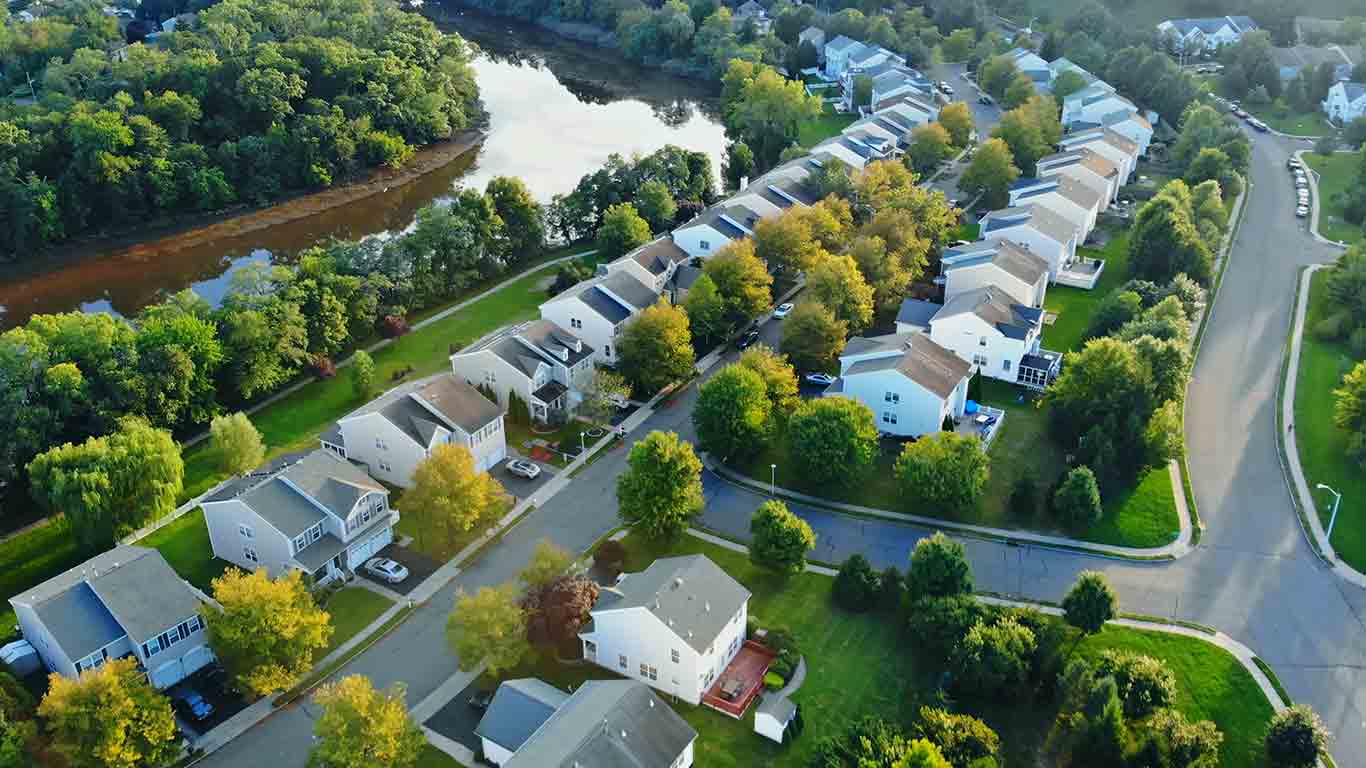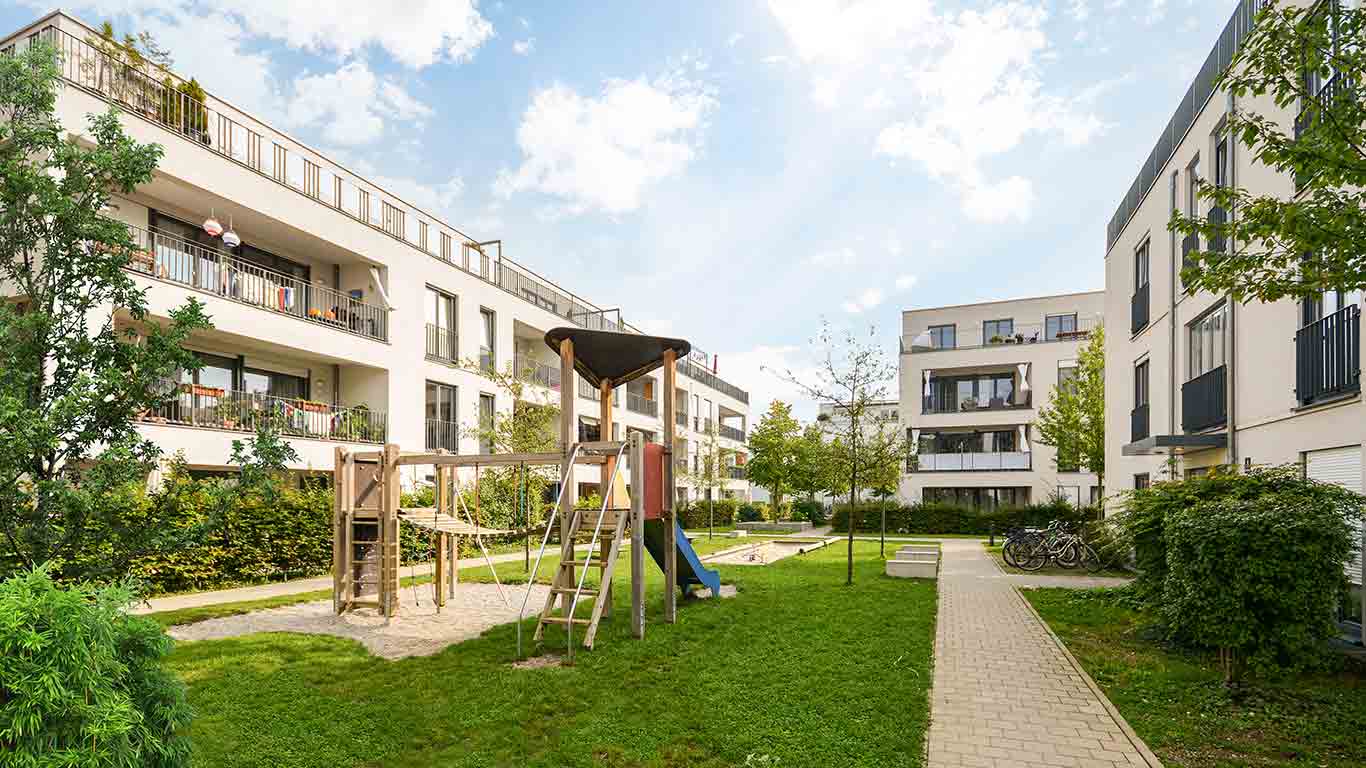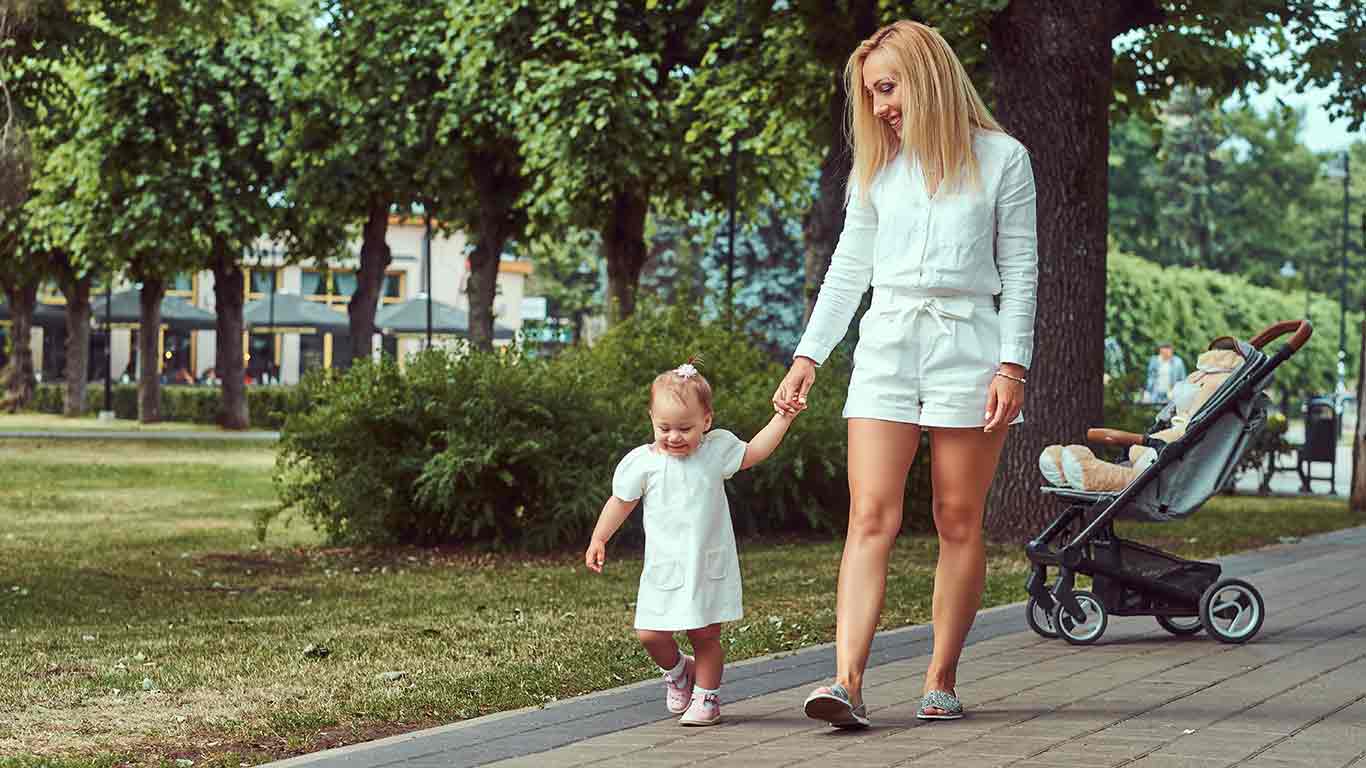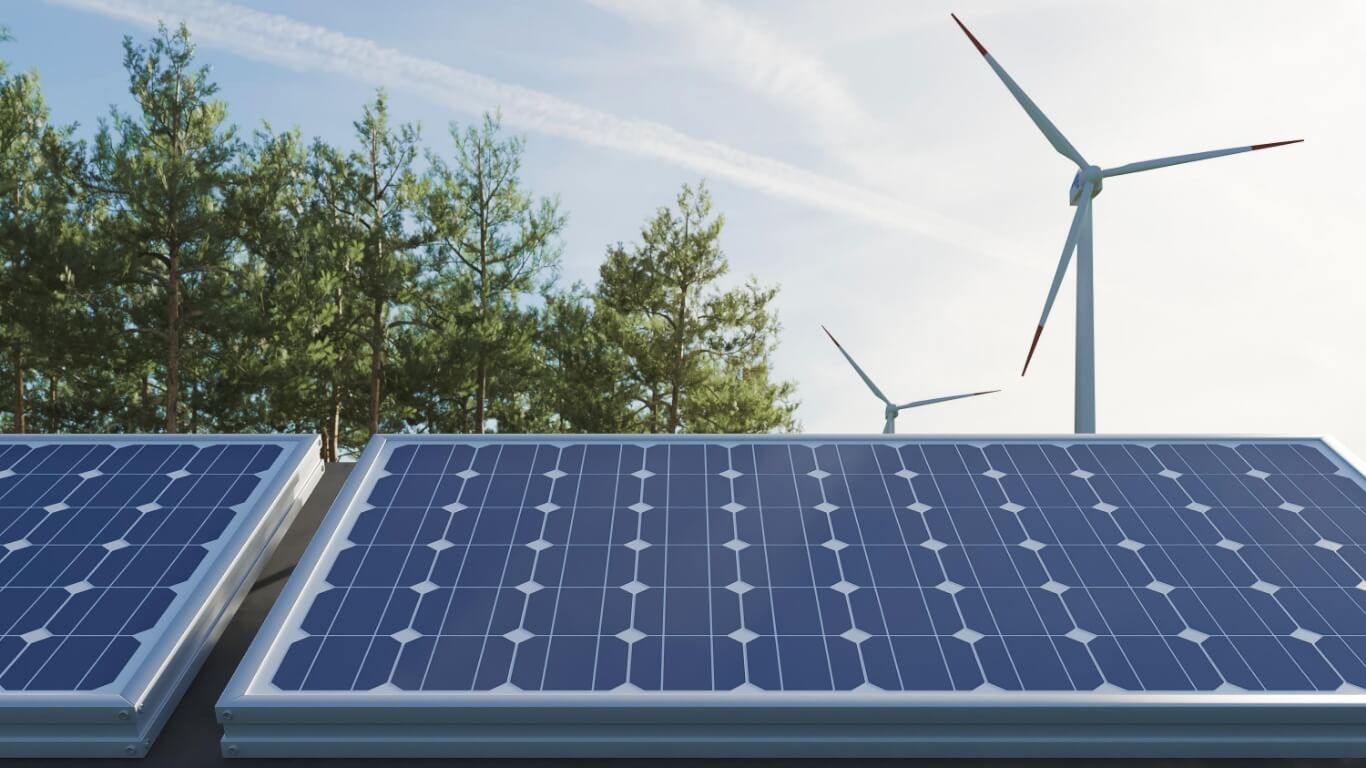The Role of Sustainable Design in Real Estate Development
By homz | June 2, 2023
In recent years, the global awareness of environmental issues and the urgency to address climate change have prompted a paradigm shift in various industries, including real estate development. Sustainable design has emerged as a crucial element in the construction and planning of new communities, with developers and investors recognizing the imperative to create environmentally responsible and resilient spaces.
Gone are the days when real estate development focused solely on maximizing profits and meeting immediate housing demands. Today, there is a growing realization that our built environment has a profound impact on the natural world and human well-being. Sustainable design principles have become a driving force behind the transformation of the real estate industry, as they offer a path to create communities that prioritize the well-being of residents while minimizing their environmental footprint.
One of the cornerstones of sustainable real estate development is the construction of energy-efficient buildings. These structures are designed to reduce energy consumption, lower greenhouse gas emissions, and decrease reliance on non-renewable energy sources. Incorporating energy-efficient technologies such as solar panels, LED lighting, and smart home systems not only reduces environmental impact but also translates into cost savings for both developers and residents through reduced energy bills. In this blog post, we will explore how sustainable design principles are transforming the real estate industry. We will also highlight how these initiatives offer long-term benefits, including low-risk investments and increased appeal to conscientious buyers.
Sustainable Real Estate Development
Sustainable real estate development encompasses various strategies and practices aimed at minimizing environmental impact while enhancing the quality of life for residents. These initiatives focus on creating energy-efficient buildings that reduce carbon emissions, optimize resource consumption, and improve overall sustainability. By incorporating renewable energy sources, advanced insulation, and efficient HVAC systems, developers can reduce energy consumption significantly.
Sustainable Development and Infrastructure
Sustainable development goes beyond individual buildings; it includes the creation of sustainable infrastructure that supports the entire community. This involves implementing smart transportation systems, utilizing renewable energy grids, and integrating water and waste management solutions. By investing in sustainable infrastructure, real estate developers can enhance the overall quality of life and attract environmentally conscious buyers.
Building Eco-Friendly Communities
Creating eco-friendly communities is a core objective of sustainable real estate development. These communities prioritize the well-being of residents and strive to create a harmonious balance between human needs and the natural environment. One key aspect is the integration of green spaces, such as parks, gardens, and recreational areas. These green spaces provide numerous benefits, including improved air quality, enhanced biodiversity, and opportunities for physical activity and social interaction.
Low-Risk Investment
Sustainable real estate development has evolved from being an ethical choice to a low-risk investment strategy. Increasingly, investors and developers are realizing the financial advantages of sustainable projects. Properties with energy-efficient features and sustainable infrastructure tend to have lower operational costs, leading to higher profitability. Moreover, these properties often command higher resale and rental values due to the growing demand for sustainable housing.
Role of Real Estate Development Companies
Real estate development companies play a pivotal role in promoting sustainable design in the industry. They have the expertise and resources to implement green building practices, incorporate eco-friendly technologies, and collaborate with architects and urban planners to create sustainable communities that align with environmental standards and meet the needs of future generations.
Sustainable design is revolutionizing real estate development by creating eco-friendly communities that prioritize environmental responsibility and quality of life. With energy-efficient buildings, sustainable infrastructure, and the integration of green spaces, developers can attract conscientious buyers while also reaping the financial rewards of low-risk investments. Embracing sustainability is not only the right choice but also a smart business decision for the real estate industry.


 info@homzglobal.com
info@homzglobal.com




